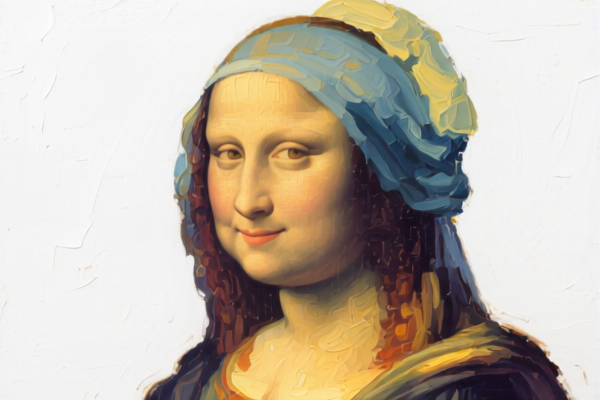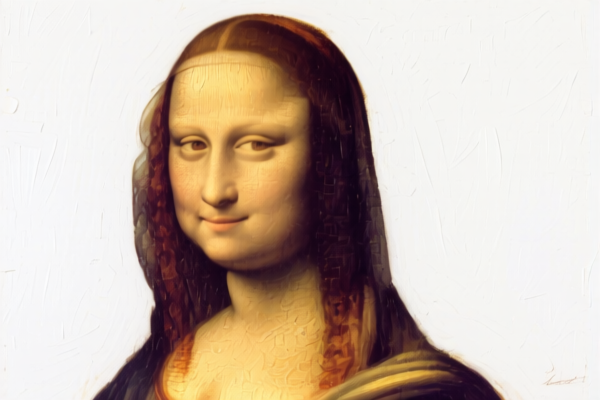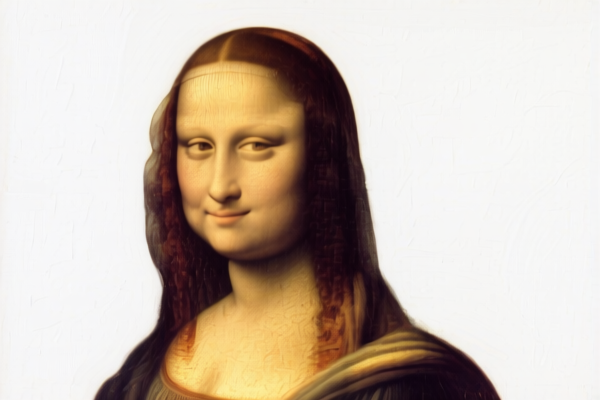| HS Code | Official Doc | Tariff Rate | Origin | Destination | Effective Date |
|---|---|---|---|---|---|
| 9608300031 | Doc | 0.4¢ each + 2.7%+37.5% | CN | US | 2025-05-12 |
| 9608200000 | Doc | 41.5% | CN | US | 2025-05-12 |
| 9609908000 | Doc | 37.5% | CN | US | 2025-05-12 |
| 9609904000 | Doc | 37.5% | CN | US | 2025-05-12 |
| 3926904000 | Doc | 32.8% | CN | US | 2025-05-12 |
| 3924104000 | Doc | 33.4% | CN | US | 2025-05-12 |
| 3924905650 | Doc | 40.9% | CN | US | 2025-05-12 |




Painting Pen
A painting pen is a specialized instrument used for applying paint, typically with a high degree of control and precision. While broadly categorized, painting pens encompass a range of tools differing in their mechanisms, paint types, and intended applications.
Materials & Construction
Painting pens are constructed with several key components:
- Barrel: Commonly made of plastic or metal, housing the paint reservoir and mechanism.
- Reservoir: Holds the paint, available in disposable cartridges or refillable systems.
- Tip: The defining feature, determining paint flow and line width. Materials include nylon, felt, metal (stainless steel, brass), and brush-like fibers.
- Mechanism: This controls paint delivery. Common types include valve-action, gravity-fed, and pump-action systems.
Purpose & Function
The primary purpose of a painting pen is to apply paint in a controlled manner, offering advantages over traditional brushes for detail work, outlining, lettering, and specific artistic techniques. They excel in situations requiring:
- Fine Lines: Creating detailed illustrations, technical drawings, and intricate patterns.
- Consistent Flow: Delivering a uniform paint application without the inconsistencies of brush loading.
- Controlled Coverage: Applying paint to specific areas without bleeding or feathering.
- Portability & Convenience: Offering a self-contained paint application system.
Usage Scenarios
Painting pens are employed across diverse fields:
- Art & Illustration: Manga art, calligraphy, detailed paintings, sketching.
- Crafts & Hobbies: Model painting, miniature painting, rock painting, fabric painting, wood burning coloring.
- Technical Drawing: Architectural renderings, engineering diagrams, map making.
- Signage & Lettering: Creating custom signs, posters, and decorative lettering.
- Restoration & Repair: Touching up paint on delicate surfaces, repairing small imperfections.
Common Types
- Acrylic Painting Pens: Utilize water-based acrylic paint, known for its quick drying time, durability, and vibrant colors. Suitable for a wide range of surfaces.
- Oil-Based Painting Pens: Employ oil-based paint, offering rich colors, slow drying time, and blending capabilities. Often used for detailed work on canvas and other porous surfaces.
- Watercolour Painting Pens: Contain water-based watercolour paint, providing transparent washes and blending effects. Ideal for illustrations and delicate artwork.
- Ink Painting Pens: Utilize various types of ink (India ink, pigmented ink, calligraphy ink), offering permanence, precision, and a range of line widths. Commonly used for calligraphy, illustration, and technical drawing.
- Paint Markers: A broader category encompassing pens with various paint types and tip sizes, often used for graffiti art, signage, and general marking.
- Brush Pens: Featuring a brush-like tip, providing varying line widths depending on pressure applied. Used for calligraphy, lettering, and expressive artwork.
- Dual Tip Painting Pens: Incorporate two different tips (e.g., fine tip and brush tip) for versatility in different applications.
Painting pens fall under several classifications depending on their specific type and composition. Here's a breakdown of relevant HS codes based on the provided information:
- 9608300031: This code covers ball point pens; felt tipped and other porous-tipped pens and markers; fountain pens, stylograph pens and other pens; duplicating styli; propelling or sliding pencils (for example, mechanical pencils); pen-holders, pencil-holders and similar holders; parts (including caps and clips) of the foregoing articles, other than those of heading 9609: Fountain pens, stylograph pens and other pens India ink drawing pens. This is applicable if the painting pen is specifically an India ink drawing pen. The tax rate is a base tariff of 0.4¢ each + 2.7%, with an additional 7.5% tariff, increasing to 30% after April 2, 2025, resulting in a total rate of 0.4¢ each + 2.7% + 37.5%.
- 9608200000: This code covers ball point pens; felt tipped and other porous-tipped pens and markers; fountain pens, stylograph pens and other pens; duplicating styli; propelling or sliding pencils (for example, mechanical pencils); pen-holders, pencil-holders and similar holders; parts (including caps and clips) of the foregoing articles, other than those of heading 9609: Felt tipped and other porous-tipped pens and markers. If the painting pen is a felt-tipped marker, this code applies. The tax rate is 4.0% base tariff + 7.5% additional tariff, increasing to 30% after April 2, 2025, for a total of 41.5%.
- 9609908000: This code covers pencils (other than those pencils of heading 9608), crayons, pencil leads, pastels, drawing charcoals, writing or drawing chalks and tailors' chalks: Other: Other. If the painting pen is classified as a type of pencil or crayon not specifically covered elsewhere, this code may be applicable. The tax rate is 0.0% base tariff + 7.5% additional tariff, increasing to 30% after April 2, 2025, for a total of 37.5%.
Chapter 96 generally covers miscellaneous manufactured articles. Heading 9608 specifically covers pens, pencils, and related articles. Heading 9609 covers pencils, crayons, and similar drawing instruments.
It is important to determine the exact composition and function of the painting pen to select the most appropriate HS code.
Customer Reviews
No reviews yet.